Listen to Sarah Sydlowski, Co-Chair of the HHC describe the Collaborative’s mission.

LEADERSHIP

Matthew Carlson, MD
Professor of Otolaryngology and Neurosurgery Division Chair, Otology & Neurotology, Medical Director, Cochlear Implant Program, Program Director, Neurotology Fellowship, Mayo Clinic, Rochester, MN

Sarah A. Sydlowski, Au.D., Ph.D., M.B.A.
Associate Chief Improvement Officer Audiology Director, Hearing Implant Program Cleveland Clinic, Cleveland, Ohio
MEMBERS
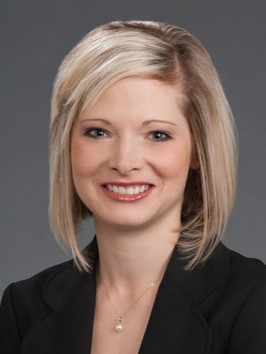
Meagan Bachmann, AuD
Wake Forest Baptist Health

Kevin Brown, MD, PhD
University of North Carolina
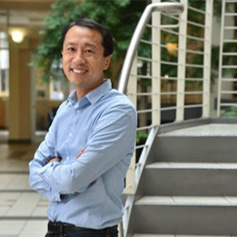
Frank Lin, MD
Johns Hopkins University

Maura Cosetti, MD
New York Eye and Ear Infirmary of Mount Sinai

Erin Miller, AuD
The University of Akron
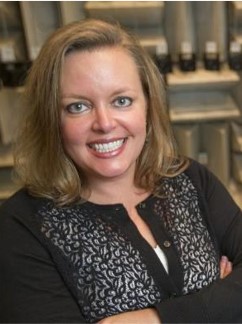
René Gifford, MS, PhD
Vanderbilt University Medical Center
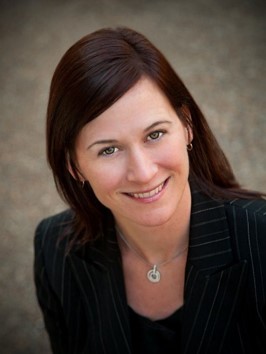
Stephanie Moody Antonio, MD
Eastern Virginia Medical School
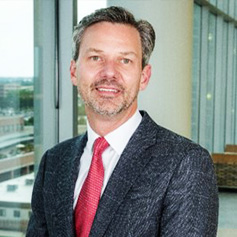
Samuel Gubbels, MD, FACS
University of Colorado
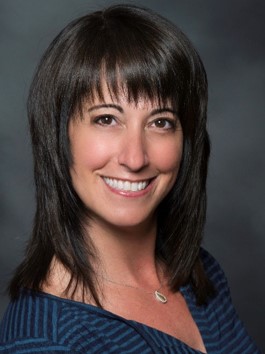
Tracy Murphy, AuD
North Shore Audio‐Vestibular Lab
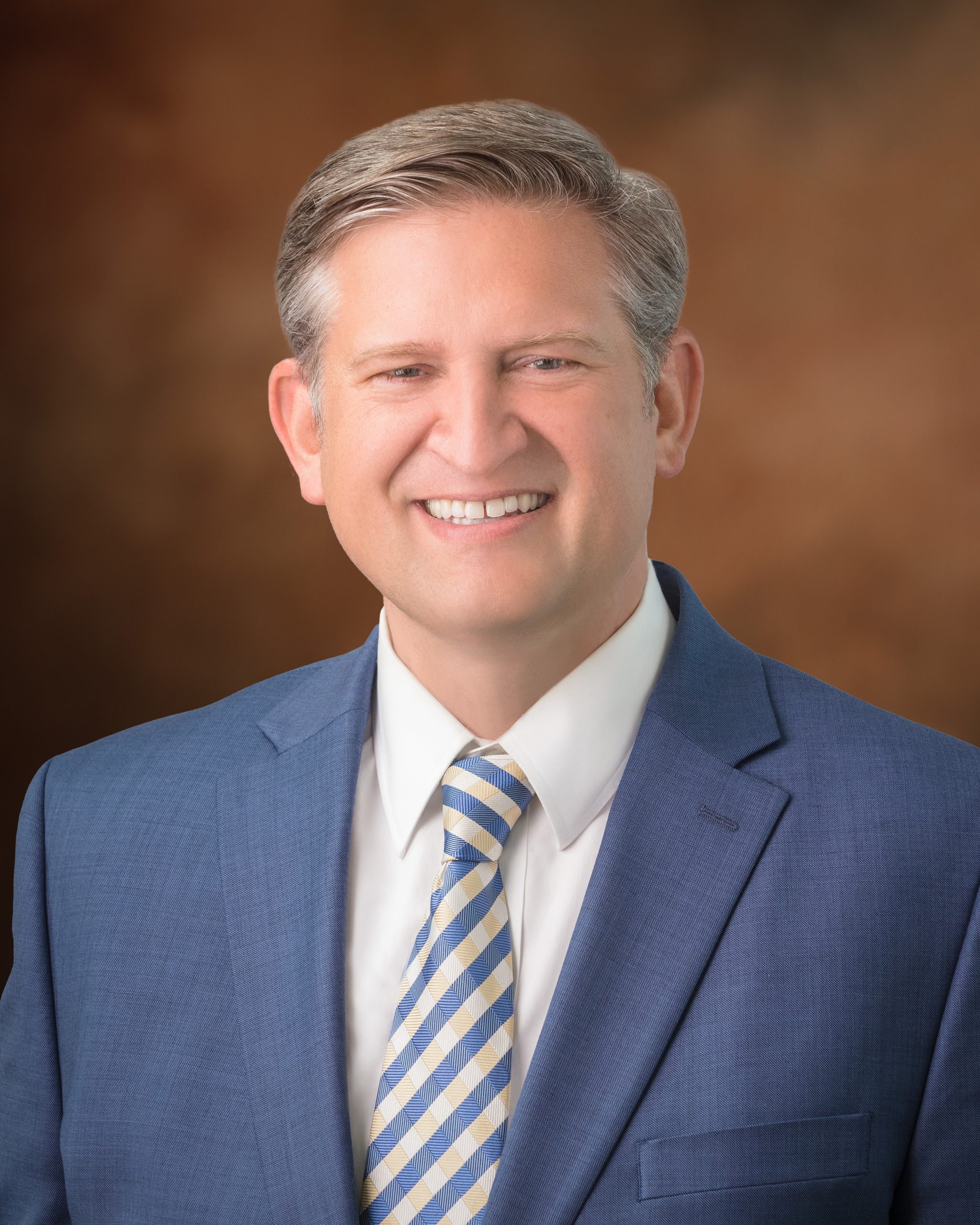
Richard Gurgel, MD, MSCI
University of Utah School of Medicine
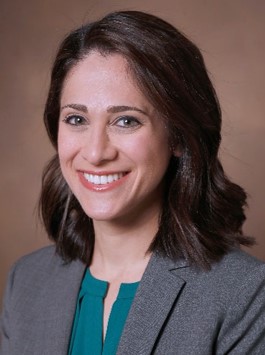
Ashley Nassiri, MD, MBA
Mayo Clinic
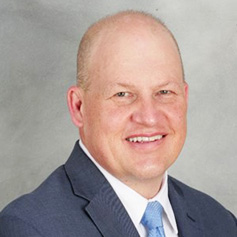
Marlan Hansen, MD
University of Iowa

Regina Presley, AuD
Greater Baltimore Medical Center

Heidi Hill, AuD
Hearing Health Clinic
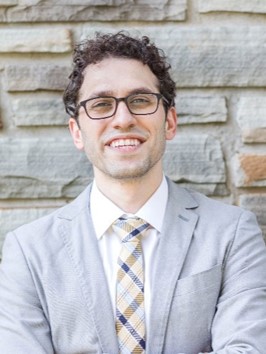
Nicholas Reed, AuD
Johns Hopkins University

Meredith Holcomb, AuD, CCC‐A
University of Miami

Doug Sladen, PhD
Western Washington University
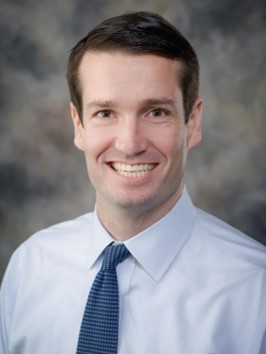
Jacob Hunter, MD
University of Texas Southwestern Medical Center
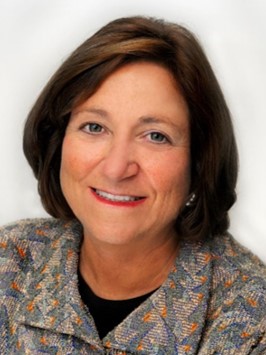
Donna Sorkin, MA
American Cochlear Implant Alliance
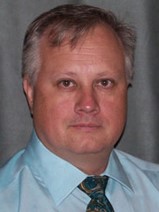
Ben Balough, MD, Neurotologist
Kaiser Permanente

Christopher Spankovich, PhD
University of Mississippi Medical Center
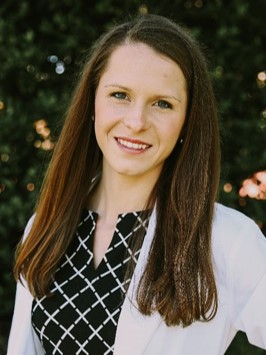
Anna Jilla, AuD, PhD
Lamar University

Alex Sweeney, MD
Baylor College of Medicine; Texas Children’s Hospital
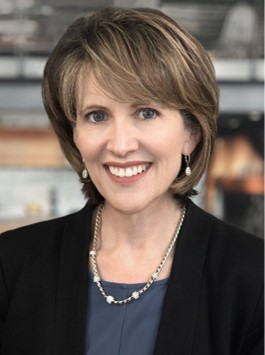
Barbara Kelley
Hearing Loss Association of America

Matt Bush, MD
University of Kentucky
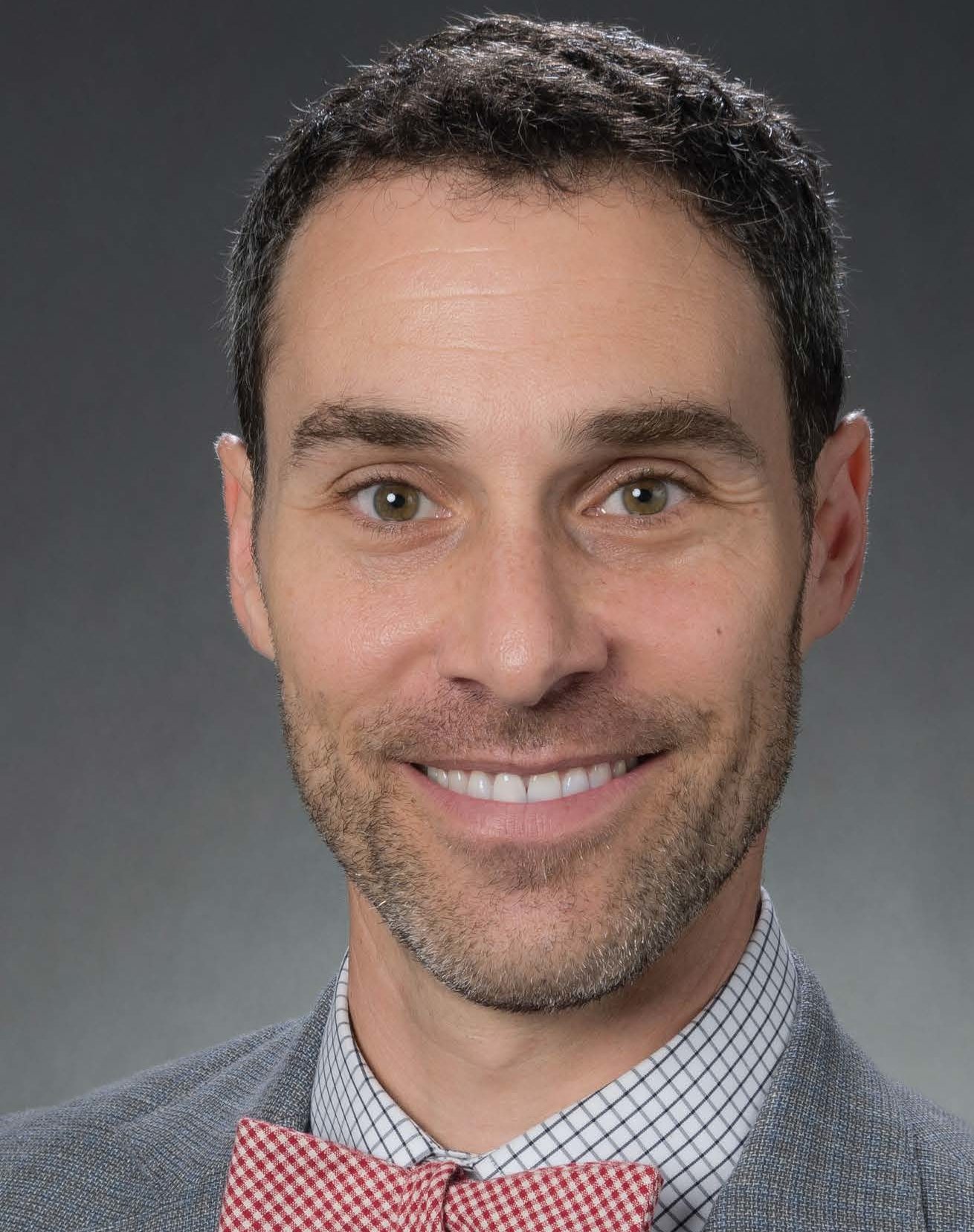
Daniel Zeitler, MD, FACS
UW Medicine – University of Washington Medical Center

Bevan Yueh, MD, MPH
CEO, University of Minnesota Physicians
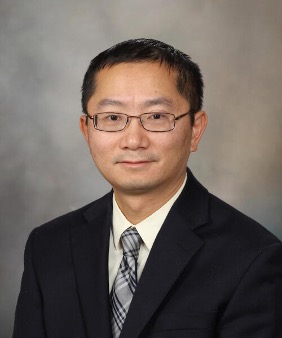
Zhen Wang, PhD
Mayo Clinic Evidence-Based Practice Research Program, Mayo Clinic

Camille Dunn, PhD
The University of Iowa
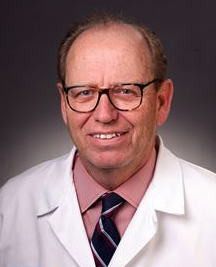
Ian Windmill, PhD
Cincinnati Children’s Hospital
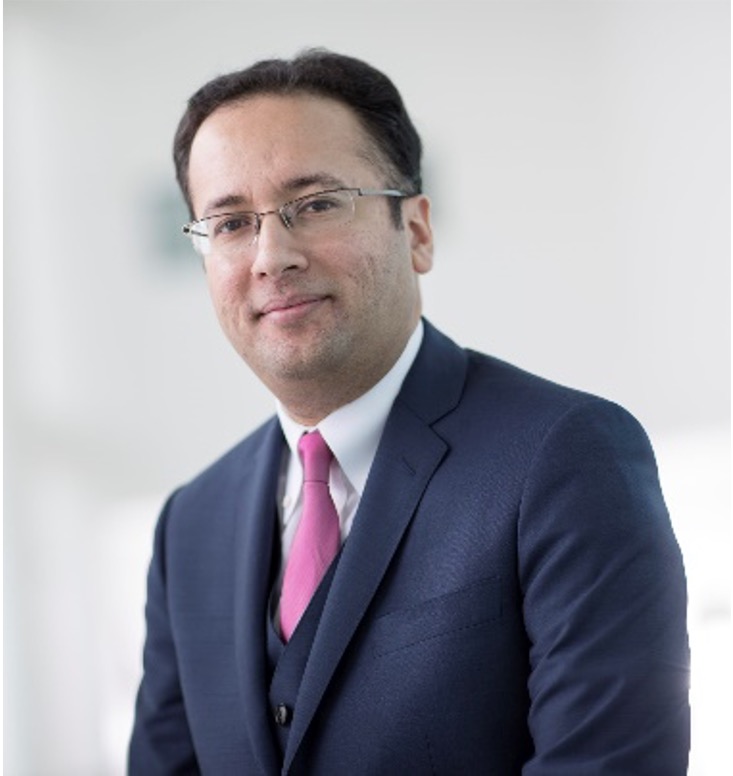
Ardeshir Hashmi, MD
Center for Geriatric Medicine, Cleveland Clinic
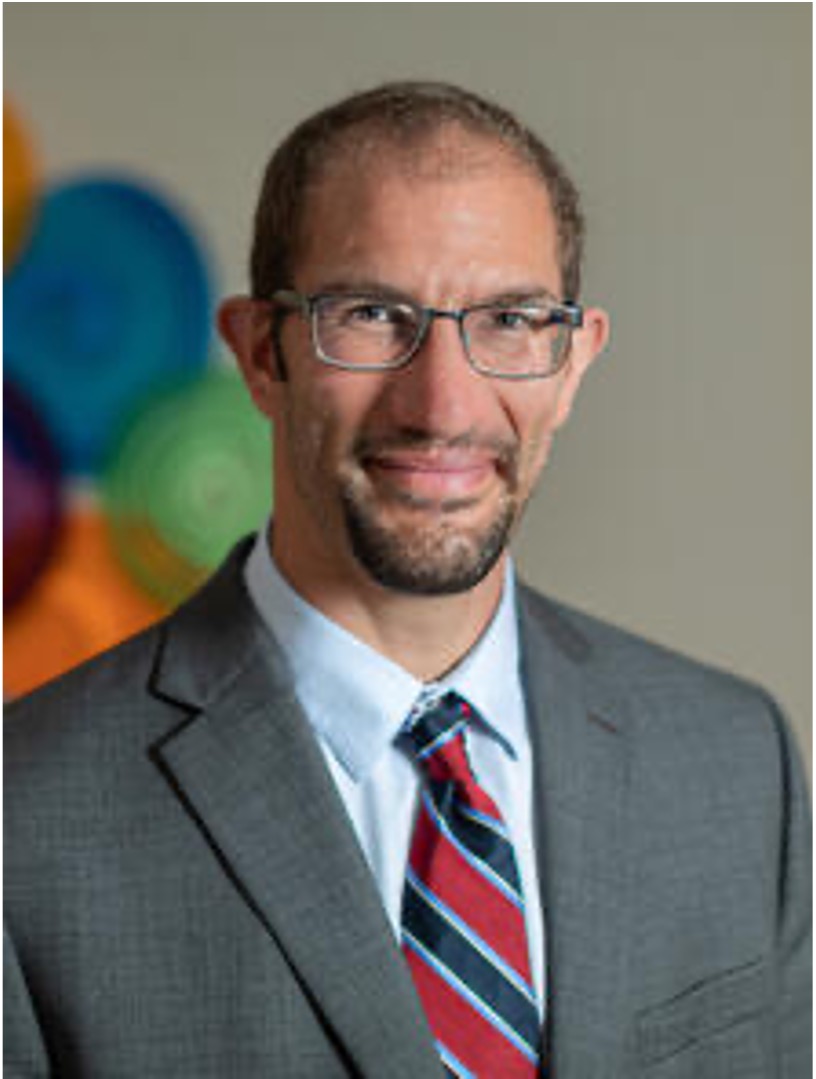
Jake Jentzer, MD
Cardiovascular Medicine, Mayo Clinic
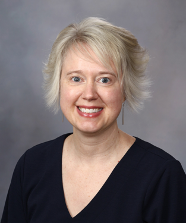
Christine Lohse, MS
Department of Health Sciences Research, Mayo Clinic

John Marinelli, MD
Otolaryngology, Brooke Army Medical Center

Michael McKee, MD MPH
Family Medicine, University of Michigan
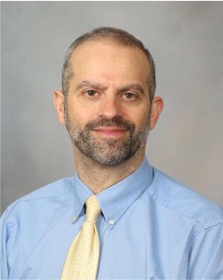
M. Hassan Murad, MD
Mayo Clinic Evidence-Based Practice Research Program, Mayo Clinic
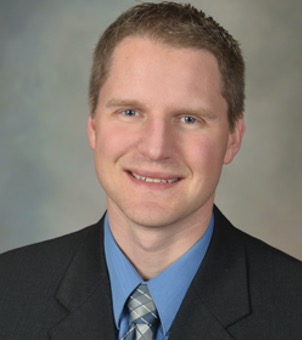
John Tieben, MD
Family Medicine, Mayo Clinic
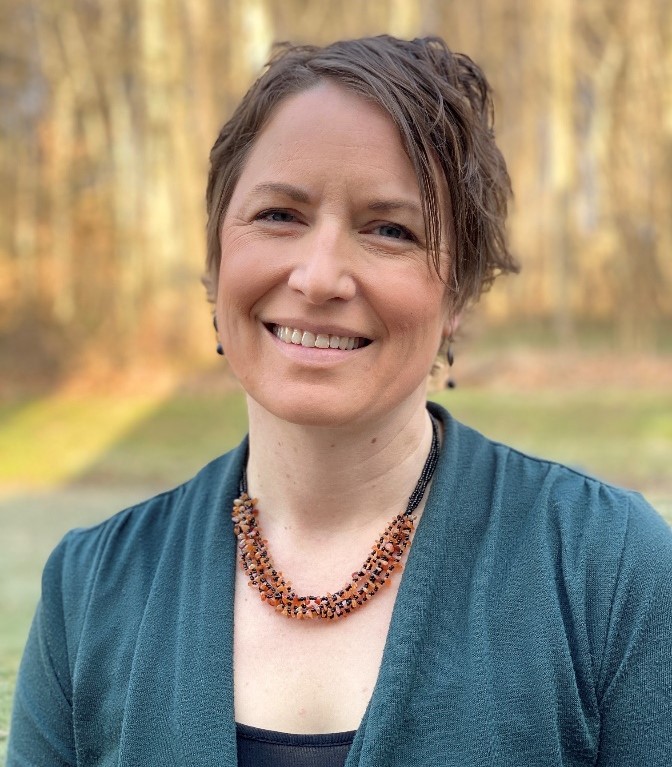
Heather Foote
Cleveland Clinic
CODE OF CONDUCT
- Put people with hearing loss first
- We prioritize the needs of people with hearing loss before any personal or organizational agendas
- Act with integrity
- We treat others with respect and kindness
- Value diversity and inclusion
- We seek to the thoughts, opinions, and perspectives from people of all backgrounds
- Dedicated to results
- We are committed to showing up, following up and working together to transform hearing healthcare
PLAN
The Hearing Health Collaborative completed an A3 process to identify the Problem, Root Causes and Counter Measures to address in a set of short- and long-term actions to address. Specifically, the HHC will focus on three measures:
- Develop and embed a simple metric as a vital sign for hearing health.
- Develop and embed simple and consistent reporting for sensorineural hearing loss that defines appropriate treatment pathways as standards of care
- Secure evidenced-based procedural change to timely referrals for clinical evaluation of hearing loss treatments per guidelines on standards of care
FUNDING
- Sponsorships
- Grants
- Pledges
- Donations
- In kind support

